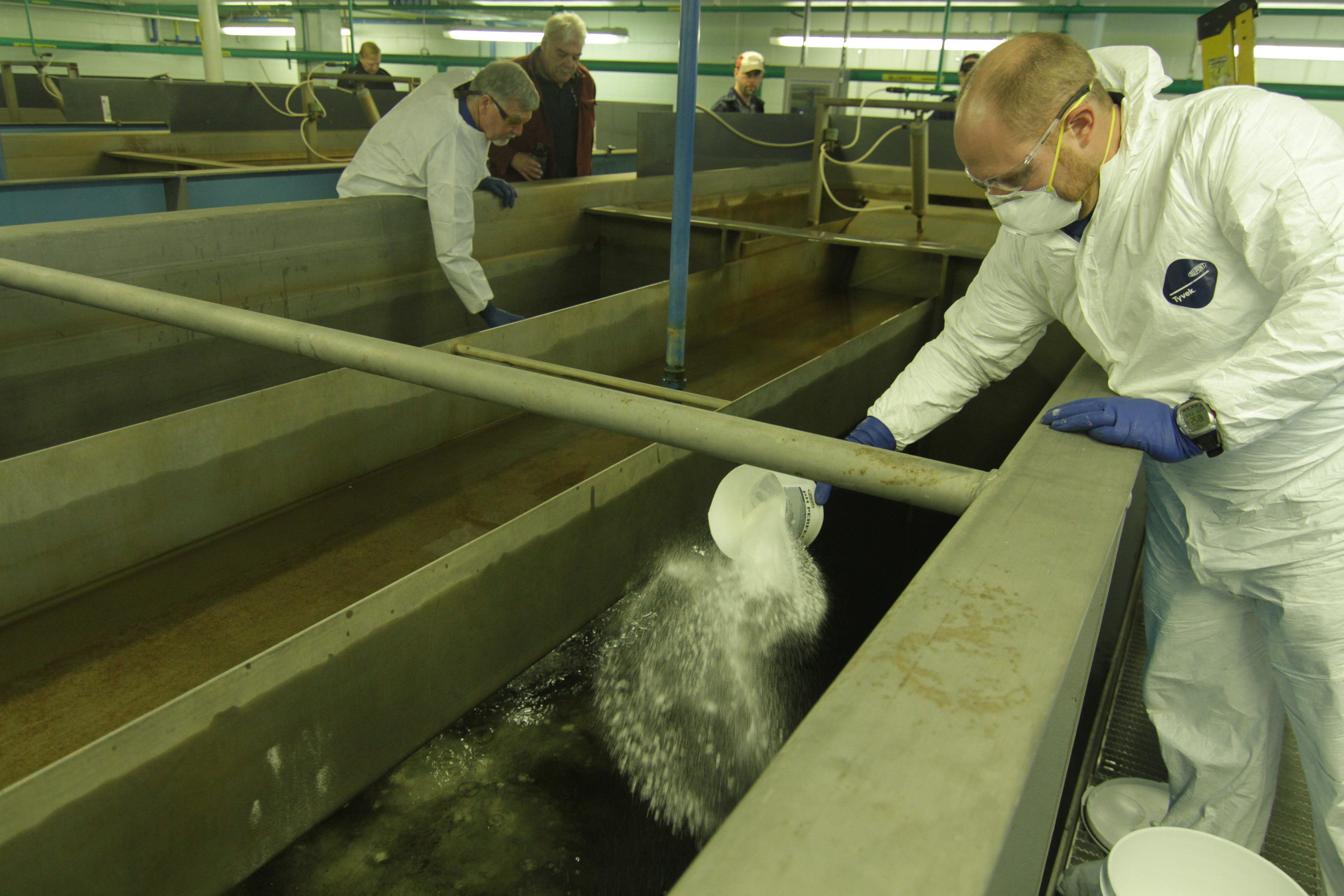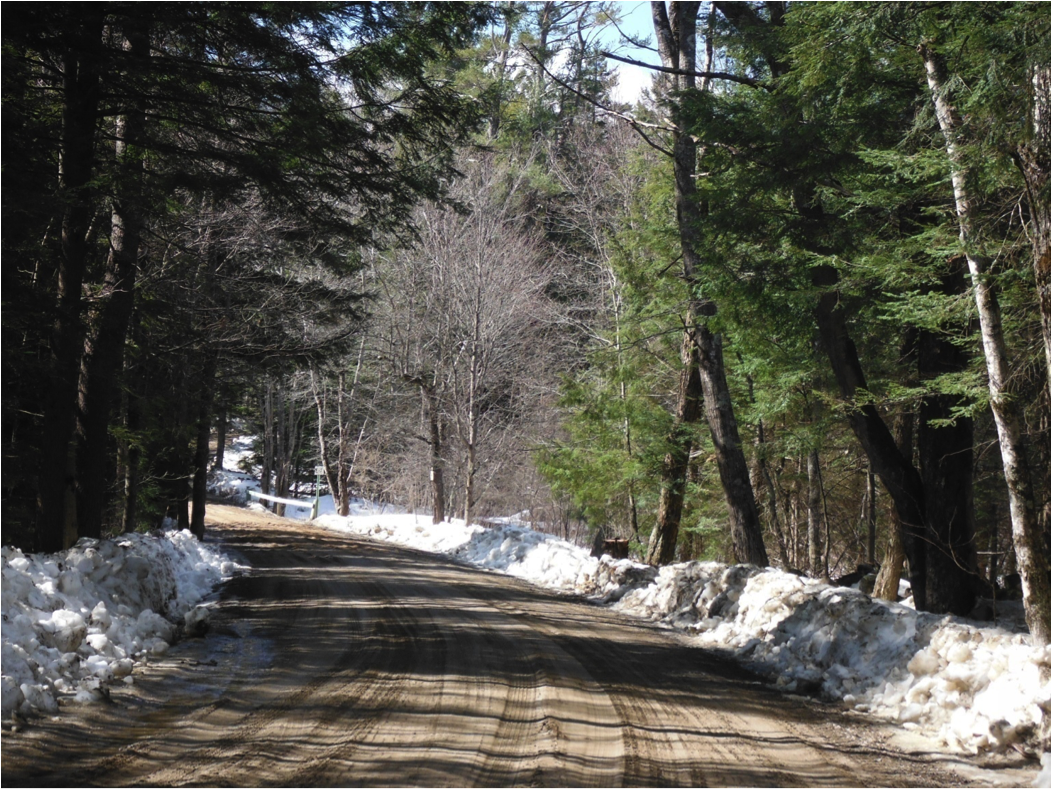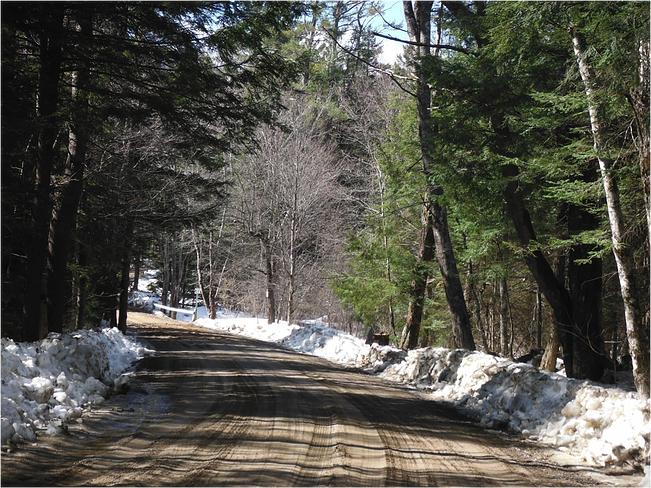Fires occur in any season. Be it a summer brush fire or a winter fire sparked from a space heater, there are many causes. Because of this, firefighters need to be ready to respond, no matter what the season. One of the most important tools in a firefighter’s arsenal is the fire hydrant. However, these hydrants require ongoing maintenance to keep them operational. Take a look at the different ways that each season can affect a hydrant—and what you can do to prevent this damage.
A fire hydrant is a valuable tool, used by many people on a daily basis. Firefighters, of course, find these to be imperative, but they are also used by street cleaners and other emergency response teams. However, one thing many people do not realize is the maintenance and effort that goes into keeping a hydrant working as it should—the life cycle of the fire hydrant if you will. Take a look at these steps and you will better understand what keeps fire hydrants working when they need to be.
You may look at fire hydrants and think that not much has changed in terms of technology over the past few decades—or even centuries. However, like everything else, hydrants are getting smarter. Alternatively, at least the act of tracking and maintaining them is becoming smarter. This is mainly because of advances by Trimble Unity and American Flow Control. The two companies have worked together to create a unique coding system that makes it easier for any town to track what is happening with maintenance at any given time. Discover what a big difference that working together has made.
Filtering water can make it look cleaner, taste cleaner and keep it safer for all who drink it or use it. While there are many different ways to clean water and make it safer, one of the most common and effective is filtration using a media-based filter. Whether you work with water filters on a regular basis, or you are considering switching to this style of filter, understanding how this process works and how to maintain these filters is key to success.
New England is a beautiful place to live. It offers a mix of classic and modern living that is appealing to many people. However, one downfall for people, business owners and municipalities is the aging water infrastructure in this part of the country. After all, New England was built up very early, and the basis for water treatment and delivery was centuries ago. Even though certain aspects have been improved and upgraded through the years, the roots are old—and this can lead to some serious problems. How does this impact drinking water, and what can be done to improve the process of delivery?
Filtering water is clearly important. After all, in today’s world even water straight from the source is not that clean. Around the country and the world, water departments are looking at different filter options to find the best possible way to remove impurities from the supply and leave the water looking and tasting crystal clear. There are dozens of different filter types. It would take a very large document to describe, even briefly, all of the different types available. Each municipality will have to do the research and decide what filter option will work best and implement it to provide clean water for the city, county or state.
When you are treating water for human consumption or for other use, such as for community use, filtration is vital. You count on your filter to take care of the toxins and unpleasant tastes and smells so that the resulting water is clear, tasty and safe to drink and use. However, the filter media can provide a breeding ground for algae, bacteria and other unpleasant things to grow. This can cause the filter to be less effective or even harmful.
The definition of erosion, according to National Geographic, is “the act in which earth is worn away, often by water, wind, or ice.” This description is apt, but only begins to describe the many things that can cause the ground, road, or other surfaces to begin to wear away. Learning more about the causes of erosion and how it affects us is important as it will help you better understand the methods available for dealing with erosion as well as choosing which of those methods is best for your particular situation.
At first glance, roads would look to be very durable and hard to damage, after all they are made of pavement which would seem to be one of the most solid substances anywhere. Nevertheless, in reality, the smallest things can cause the biggest damage to the roadways—especially over time. Erosion is the act of soil, rock or other material washing away from one part of the ground and moving elsewhere. This is normally a geology term describing the movement of dirt or earth being washed away. However, erosion affects roadways too.
Erosion is something that affects us all. Through simple runoff that may wash away dirt, to serious landslides that can harm property or even take lives, erosion comes in many forms. While some erosion is 100% natural, such as the water erosion that caused the Grand Canyon to form, other erosion is caused due to things we do in our day-to-day lives.

















 At first glance, roads would look to be very durable and hard to damage, after all they are made of pavement which would seem to be one of the most solid substances anywhere. Nevertheless, in reality, the smallest things can cause the biggest damage to the roadways—especially over time. Erosion is the act of soil, rock or other material washing away from one part of the ground and moving elsewhere. This is normally a geology term describing the movement of dirt or earth being washed away. However, erosion affects roadways too.
At first glance, roads would look to be very durable and hard to damage, after all they are made of pavement which would seem to be one of the most solid substances anywhere. Nevertheless, in reality, the smallest things can cause the biggest damage to the roadways—especially over time. Erosion is the act of soil, rock or other material washing away from one part of the ground and moving elsewhere. This is normally a geology term describing the movement of dirt or earth being washed away. However, erosion affects roadways too.








